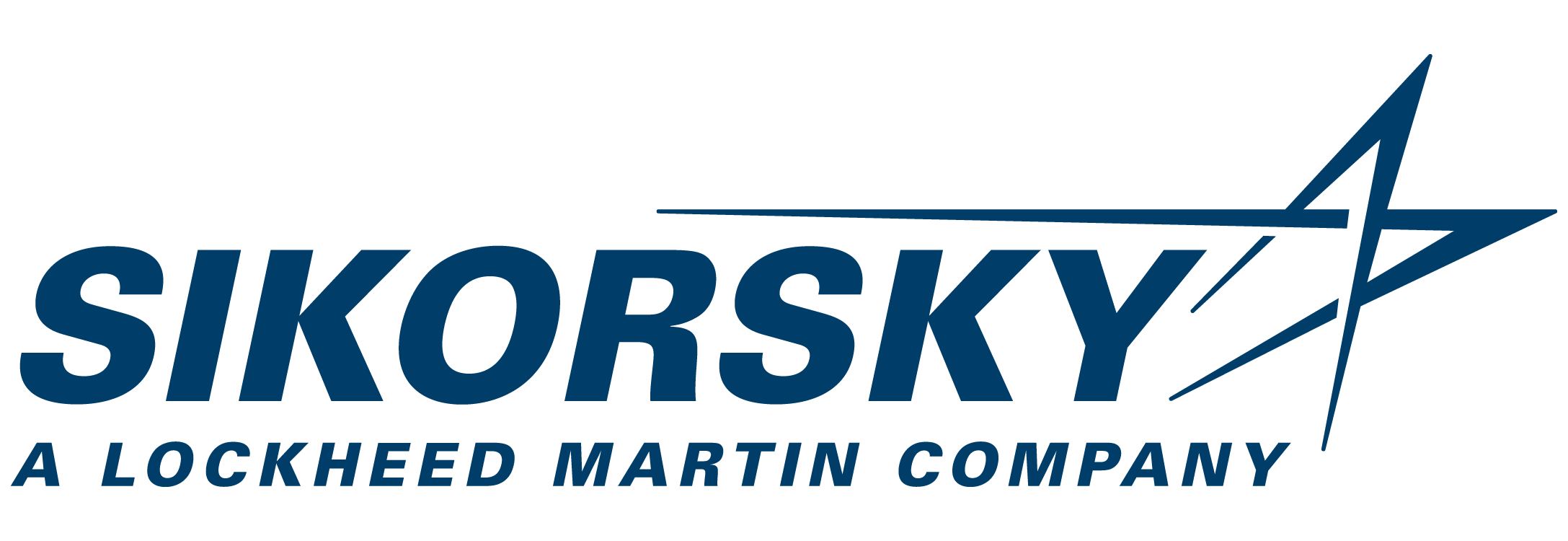This Naval Helicopter History Timeline is sourced using historical data and pictures from “THE NAVAL HELICOPTER-HIGHLIGHTS IN NAVAL HELICOPTER HISTORY,” written by CAPT Vincent C. Secades USN (Ret), Published by Naval Helicopter Association, Coronado, California, 2nd Edition June 2012.
400BC |1940 | 1950 | 1960 | 1970 | 1980 | 1990 | 2000 | 2010
NAVAL HELICOPTER HISTORY TIMELINE 2010
HSM-40 Established at Naval Air Station North Island, San Diego, Ca.
April 2, 2010 – HSM-40 Established at Naval Air Station North Island, San Diego, Ca.
Senator John McCain son John was Winged as a Helicopter Pilot
January 28, 2011 – At NAS Whiting Field, Senator John McCain son John was Winged as a Helicopter Pilot. He has orders to HSC-25 in Agana Guam.
MQ-8B Fire Scout Unmanned Aerial Vehicle (UAV)
February 1, 2011 – The MQ-8B Fire Scout Unmanned Aerial Vehicle (UAV) is performing its first blue water deployment on board a U.S. Navy warship, directed by NAS Jacksonville-based Helicopter Anti-Submarine Squadron Light (HSL) 42 Detachment 2.
The detachment consists of two MQ-8B Fire Scouts and one SH-60B Seahawk helicopter on board the NS Mayport-based guided-missile frigate USS Halyburton (FFG-40).
The Fire Scout UAV system provides unprecedented situation awareness and precision targeting support for any aviation-capable warship, or at prepared and unprepared landing zones.
This deployment represents the first time Fire Scout will be used in the 6th and 5th Fleet Areas of Responsibility.
Fire Scout made its first deployment in 2010 on board the guided-missile frigate USS McInerney (FFG-8) where it was utilized for counter-narcotics operations. In November 2010, Fire Scout was certified for blue water operation, which means that the system can fly without a land divert requirement.
The MQ-8B Fire Scout primarily performs surveillance and locates targets. It tracks, designates, and provides accurate targeting data to strike platforms – including fixed wing aircraft, helicopters and ships. With a range of 110 nautical miles radius, plus, five hours on station, it also performs battle damage assessment. Fire Scout has the potential to be a significant force multiplier through this hybrid naval aviation detachment.
Marines take the last flight in a Huey
March 18, 2011 – Marines take the last flight in a Huey at Miramar Marine Corps Air Station, San Diego, Ca.
Marines Who Rescued Downed Pilots in Libya
March 24, 2011 — Exclusive: Marines Who Rescued Downed Pilots in Libya Feared Hostile Fire The Pilot Rescued by U.S. Marines Was ‘Frazzled’
Libyan Pilot Rescue By Marine V-22
March 11, 2011 — ABOARD THE USS KEARSARGE United States Marine Corps captains who rescued two U.S. Air Force pilots in Libya said today they feared hostile fire during the rescue mission but describe an otherwise smooth operation that lasted about an hour and a half. This was the first rescue of downed pilots by the Marine V-22 Osprey.
HMX-1 CH-53’s assigned to Operational Forces.
April 15, 2011 – HMX-1 CH-53’s assigned to Operational Forces.
Navy’s Fire Scout Unmanned Air Vehicle system Begins First Land-Based Deployment
April 20, 2011 — The Navy’s Fire Scout Unmanned Air Vehicle system is about to begin its first land-based deployment to U.S. Central Command this month. The Fire Scout effort is led by the Navy and Marine Corps Multi-Mission Tactical Unmanned Air System program office, PMA-266, at Patuxent River, Md. In response to an urgent needs requirement from DoD’s Intelligence, Surveillance and Reconnaissance task force, the team rapidly modified, tested and verified the Fire Scout system to adjust to land-based operations and the demanding environmental conditions in CENTCOM.
HS-6 re-designated HSC-6 at Naval Air Station North Island, San Diego Ca.
July 8, 2011 – HS-6 re-designated HSC-6 at Naval Air Station North Island, San Diego Ca.
June 14, 2013-Helicopter Sea Combat Squadron Three (HSC-3) 250,000 Class A Mishap Free Flight Hours.
June 14, 2013-Helicopter Sea Combat Squadron Three (HSC-3) flew 250,000 Class A Mishap Free Flight Hours.
